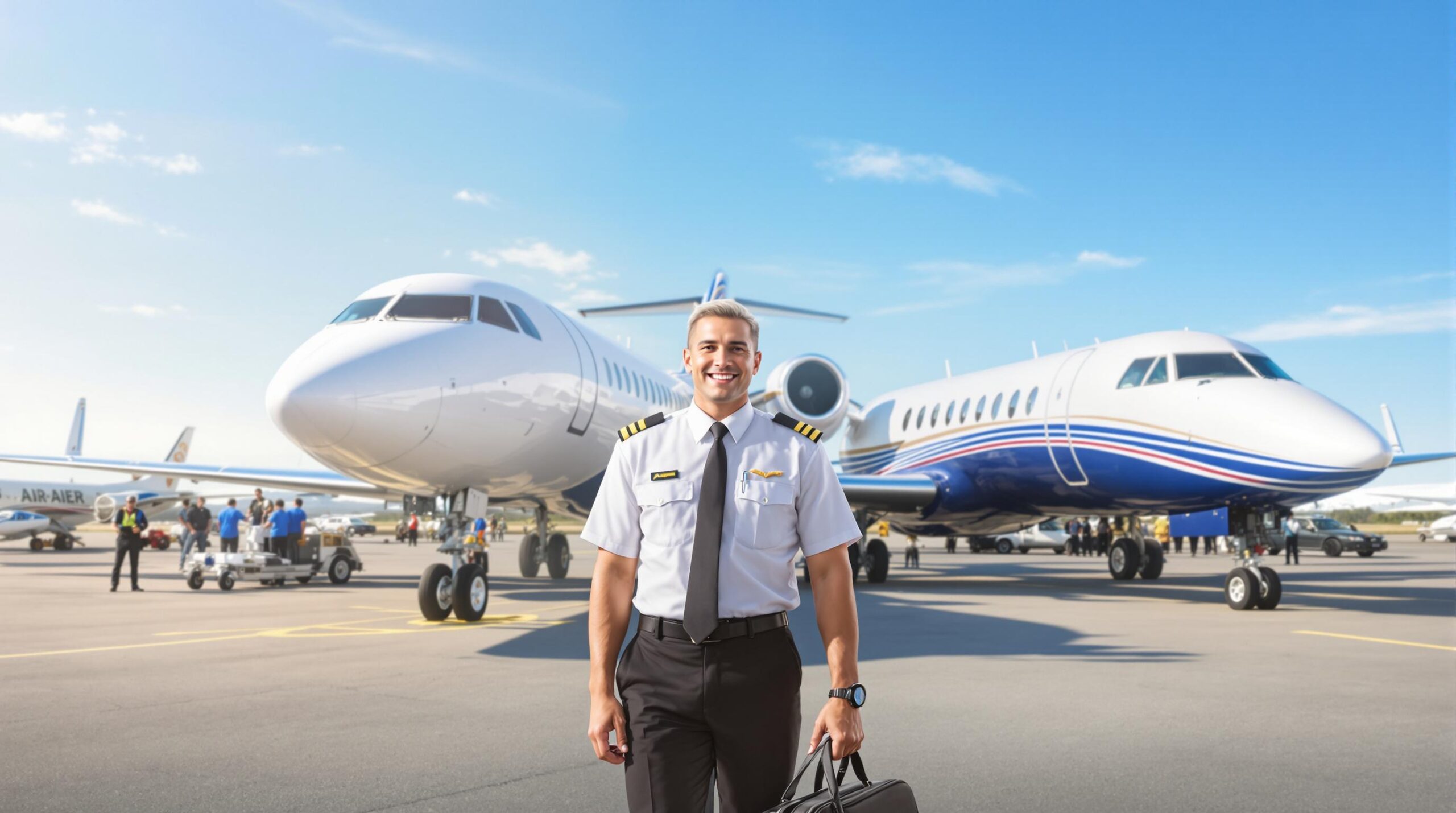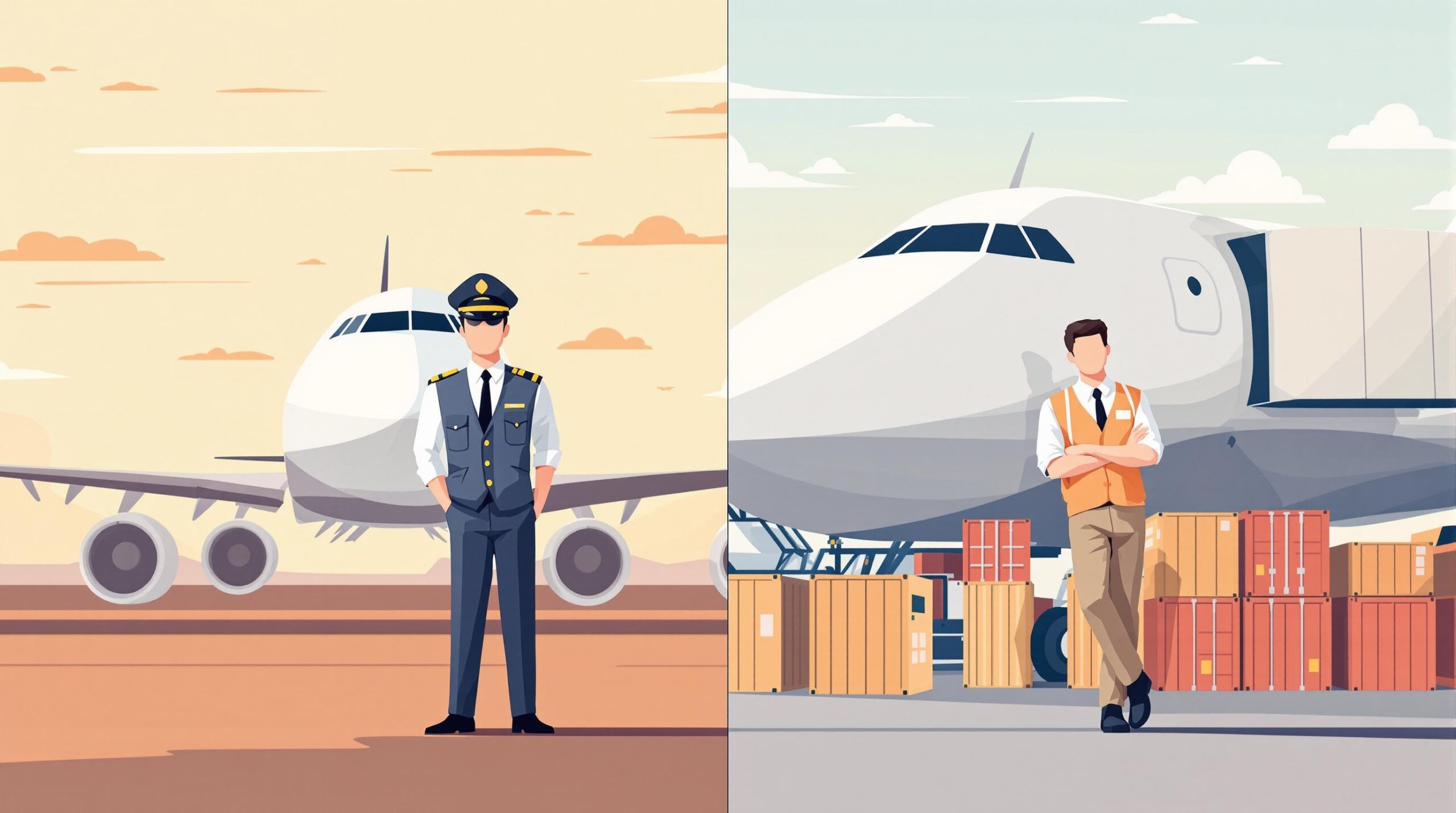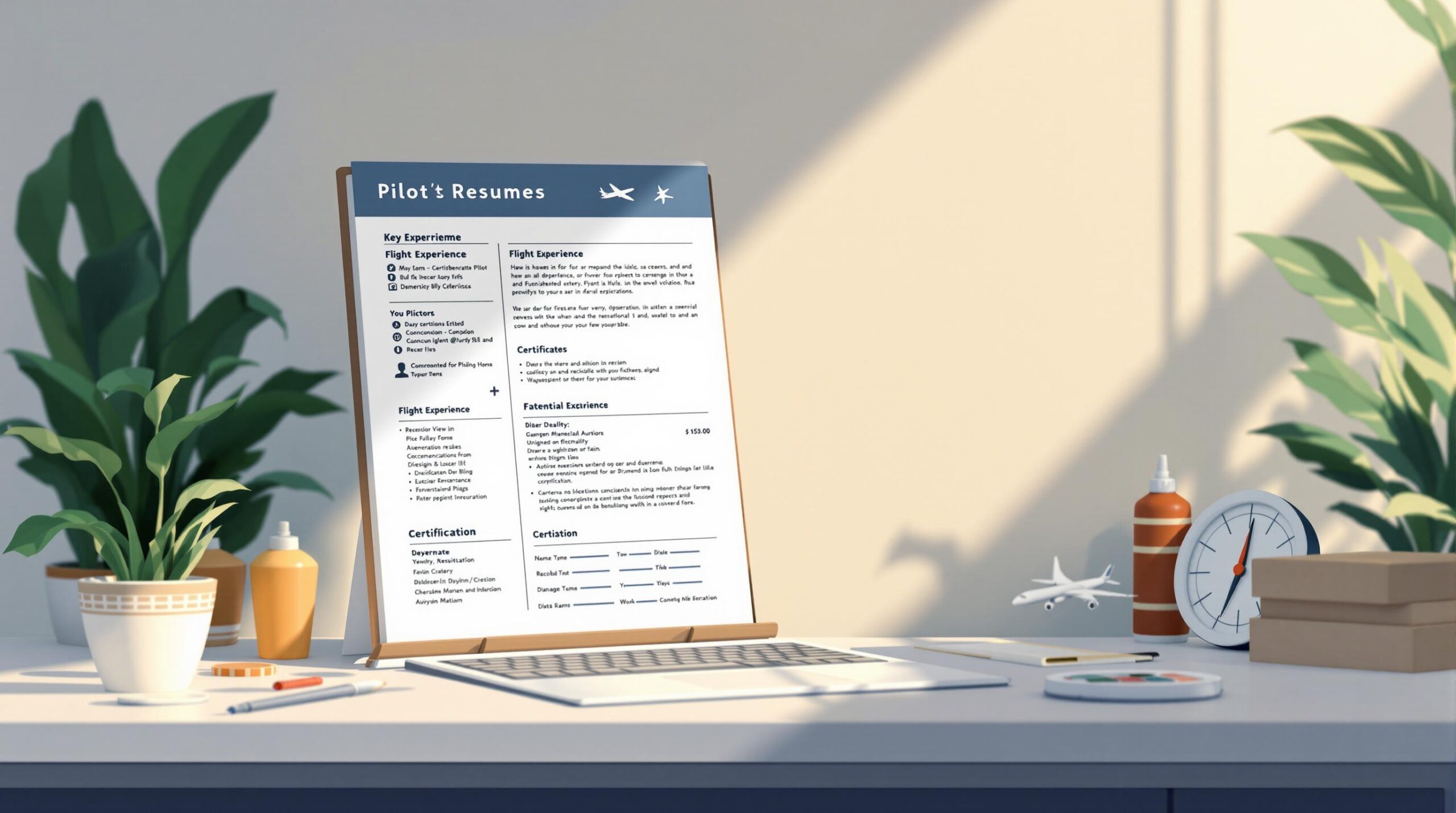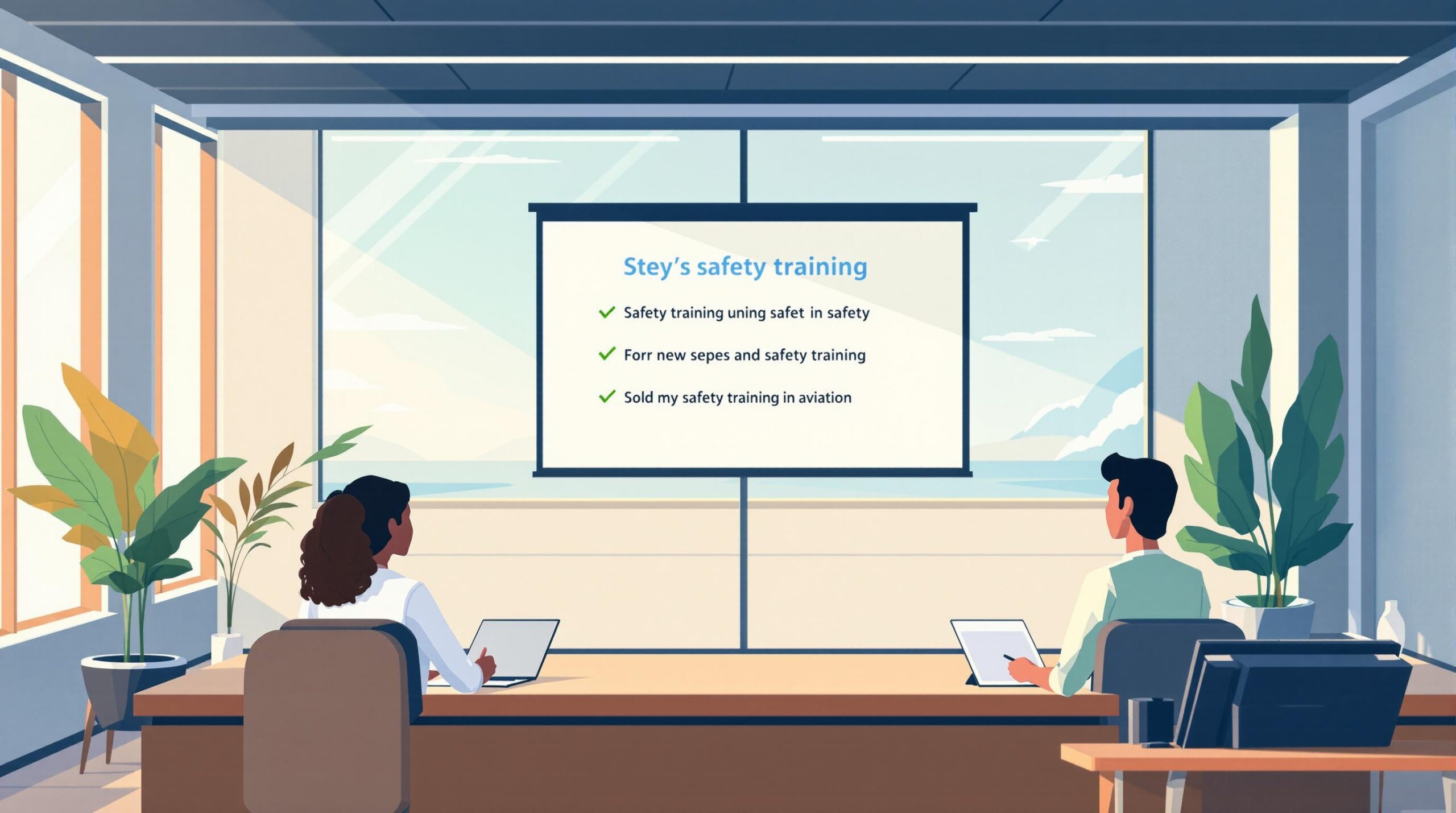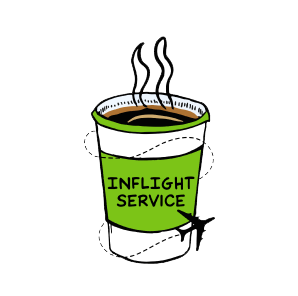Deciding between regional and major airlines can shape your career and lifestyle as a pilot. Here’s a quick breakdown to help you choose:
- Regional Airlines: Faster entry, quicker promotions, and more variable schedules. Pay starts lower ($45K–$55K) with limited benefits, mostly domestic routes, and higher turnover.
- Major Airlines: Higher pay ($90K–$120K starting), better benefits, international routes, and long-term stability. Entry is competitive, requiring more experience and qualifications.
Quick Comparison Table
| Aspect | Regional Airlines | Major Airlines |
|---|---|---|
| Pay | $45K–$55K (1st year) | $90K–$120K (1st year) |
| Benefits | Basic healthcare, limited retirement plans | Extensive healthcare, retirement, profit-sharing |
| Routes | Domestic, short international | Domestic + international |
| Work Schedule | Variable, more reserve days | Predictable with seniority |
| Career Progression | Faster promotions to captain roles | Slower but more stable |
| Entry Requirements | Lower flight time | Higher experience (Part 121, 2,500+ hours) |
Key takeaway: Start with regional airlines for quicker entry and experience. Aim for major airlines for better pay, benefits, and long-term growth. Your choice depends on your goals, lifestyle preferences, and qualifications.
Key Differences Between Regional and Major Airlines
Pay and Benefits Comparison
First-year pilots at regional airlines usually earn between $45,000 and $55,000. In contrast, first officers at major airlines start at $90,000 to $120,000, with captains earning over $250,000 annually.
| Benefit Type | Major Airlines | Regional Airlines |
|---|---|---|
| Compensation | Extensive healthcare options, multiple retirement plans | Basic healthcare, limited 401(k) offerings |
| Travel Perks | Access to global travel across many carriers | Restricted to regional routes and partners |
| Per Diem Rates | Higher allowances for overnight stays | Lower daily allowances |
While pay and benefits are immediate factors, career progression often plays a crucial role in deciding between these paths.
Career Progression Paths
Regional airlines are often seen as entry points, offering quicker initial promotions but fewer long-term opportunities. For example, SkyWest Airlines, the largest regional carrier in the U.S., maintains partnerships with all four major U.S. airlines. On the other hand, major airlines require more advanced qualifications, including extensive flight hours and strong interpersonal skills, making entry more competitive but rewarding in the long run.
Work Schedules and Lifestyle Differences
Work-life balance can vary greatly between regional and major airlines, often influencing a pilot’s career choice as they gain experience.
Regional pilots typically deal with:
- Frequent takeoffs and landings throughout the day
- Shorter routes with multiple legs
- Unpredictable schedules
- More time on "reserve", especially for newer pilots
Pilots at major airlines generally benefit from:
- Longer routes with fewer flight segments
- Access to international destinations
- More predictable schedules
- Greater control over days off as they gain seniority
The seniority system plays a significant role at major airlines. Senior pilots often work 12-15 days per month, compared to 18-20 days for regional pilots, which can greatly impact quality of life and scheduling flexibility.
Career Opportunities in Regional Airlines
Advantages of Regional Airlines
Working for regional airlines comes with some perks. One big plus is quicker seniority progression, thanks to higher turnover rates. Many regional airlines also have partnerships with flight schools and universities, making the hiring process more straightforward. For aspiring pilots, these airlines act as a launchpad, offering hands-on experience before moving on to better-paying roles with major carriers. Another benefit? Exposure to a broad network. Partnerships with several major airlines mean you’ll gain experience across different operating systems – great preparation for a future with larger carriers.
Challenges of Regional Airlines
However, regional airlines aren’t without their downsides. Pay is a major concern. First-year pilots typically earn between $45,000 and $55,000, far less than the $90,000 to $120,000 starting salaries at major airlines.
Job security can also be shaky. Regional airlines operate under contracts with larger carriers, and these agreements can shift suddenly. If a competitor underbids them, routes may change, and jobs can be at risk.
Schedules are another sticking point. Pilots often deal with:
- Packed schedules, sometimes exceeding 16 days a month
- Multiple takeoffs and landings in a single day
- Long stretches on reserve status
- Unpredictable routes and assignments
Summary Table: Pros and Cons of Regional Airlines
| Aspect | Advantages | Disadvantages |
|---|---|---|
| Career Growth | Faster seniority progression, Direct pathways to major airlines | Limited long-term opportunities within regionals |
| Employment | Easier hiring process, Multiple airline partnerships | Job security tied to contracts |
| Operations | Experience with various systems, Smaller airport familiarity | Smaller aircraft, Heavier flight schedules |
| Compensation | – | Lower starting salaries, Fewer benefits |
| Lifestyle | More base location choices | Unpredictable schedules, More time on reserve |
Regional airlines can be a great starting point for new pilots, but for those seeking stability and higher earnings, major airlines are often the ultimate goal. This will be explored further in the next section.
Career Opportunities in Major Airlines
Benefits of Working for Major Airlines
Major airlines come with enticing perks like higher pay and extensive benefit packages. Beyond the paycheck, employees often enjoy health insurance, retirement plans, and profit-sharing options. Pilots get the chance to fly larger aircraft on international routes, including long-haul flights. This means exposure to advanced aviation systems and the opportunity to visit global destinations. Plus, the scheduling tends to be more predictable, which adds a layer of stability to the job.
Challenges of Joining Major Airlines
Getting hired by a major airline isn’t easy. Candidates must meet strict requirements, such as holding a four-year degree and logging at least 2,500 flight hours. Competition for these roles is intense. New hires often start with less desirable schedules and base locations until they gain seniority. For pilots moving up from regional airlines, this can mean starting over at the bottom of the seniority list, which might temporarily affect their schedule quality. Staying sharp on complex aircraft systems and international operations also demands ongoing learning and commitment.
Quick Look: Pros and Cons of Major Airlines
| Aspect | Pros | Cons |
|---|---|---|
| Compensation | Higher starting pay ($90K-$120K), Extensive benefits, Profit sharing | High upfront costs for training and certifications |
| Operations | Advanced aircraft systems, International routes, Predictable schedules | Complex procedures, Strict performance expectations |
| Career Growth | Stable long-term prospects, Development opportunities | Slow seniority progression, Tough competition for roles |
| Requirements | – | Four-year degree, 2,500+ flight hours, Competitive hiring |
| Lifestyle | Better work-life balance, Regular schedules | Initial years may come with less favorable assignments |
While major airlines bring plenty of perks, deciding if they’re the right fit depends on your personal goals and resources. We’ll dive deeper into these considerations in the next section.
sbb-itb-de05b1b
Regional Airlines vs Major Airlines: Understanding the Differences
Tools to Help You Decide on a Career Path
Making the leap from regional to major airlines takes planning and organization. Luckily, there are tools out there to help pilots make informed decisions and simplify their application process.
Pilot Pathfinder: Your Career Planning Companion

Pilot Pathfinder provides both free and paid tools designed to guide pilots through career transitions. It helps pilots compare opportunities across airlines, offering data-driven insights for better career choices.
How Automation and Logbook Integration Help
Automation tools can take the hassle out of applications by handling repetitive tasks. They also ensure flight records are accurate and standardized, which is especially useful for military pilots moving to civilian roles.
Key features include:
- Automated applications for multiple airlines
- Standardized logbooks with integration capabilities
- Tools for converting military flight hours
- Career tracking for pathway programs
Tools for Resumes and Interview Prep
Resume-building and interview prep tools are essential for showcasing a pilot’s experience and preparing for the move to major airlines. Pilot Pathfinder also tracks pathway programs and flow agreements, offering insights that can help pilots advance their careers.
"The majors love hiring pilots from the LCCs. Typically those pilots are flying the same airplanes as the majors, so the transition is easy", says Chris from Airline Pilot Life.
Choosing the Best Airline Career Path
Key Differences to Keep in Mind
Regional airlines often offer quicker seniority growth and easier entry points, making them a good option for building experience. On the other hand, major airlines tend to provide better pay, opportunities for international travel, and more long-term security, though they usually have stricter qualification requirements. Lifestyle factors also vary – regional airlines often involve flexible but unpredictable schedules, while major airlines typically offer more stable routines.
Finding the Right Fit for You
Your decision should align with your career goals, preferred home base, and the work-life balance you want. Look into flow agreements between regional and major airlines, as they can simplify career progression. Also, think about how different scheduling styles might impact your personal life. Tools like Pilot Pathfinder can help you explore career options and track opportunities effectively.
With the current pilot shortage, moving to a major airline has become more achievable. Focus on gaining solid experience and maintaining accurate flight records to stay competitive. Whether you start with a regional airline or aim directly for a major carrier, prioritize building the skills and experience that match your goals.
FAQs
Here are quick answers to some common questions about pursuing a career as an airline pilot.
What’s the quickest way to become an airline pilot?
Joining an accelerated flight school partnered with regional airlines is your best bet. These programs can get you all necessary certifications in about 12 months, setting you up for a regional airline job.
How does pay differ between regional and major airlines?
Major airlines offer much higher pay, along with better benefits and retirement plans. Regional airlines, on the other hand, typically have lower starting salaries.
How do work schedules compare between regional and major carriers?
Regional pilots usually work more days each month with less predictable schedules. Pilots at major airlines often have more stable schedules, thanks to seniority, and spend fewer days on duty.
What qualifications do major airlines look for?
Most major airlines expect:
- 2,500+ flight hours
- A four-year degree (preferred)
- Experience with Part 121 turbine operations
- A clean flight record
Are there direct pathways to major airlines?
Yes, programs like Envoy Air‘s Cadet Program offer a direct route to American Airlines once you meet the required criteria.
What’s happening with the job market?
Boeing estimates 130,000 new pilot jobs in North America by 2040, which means growing demand and better opportunities at both regional and major airlines.
These answers give you a snapshot of key points, but make sure to consider the broader comparisons discussed earlier when making your decision.
